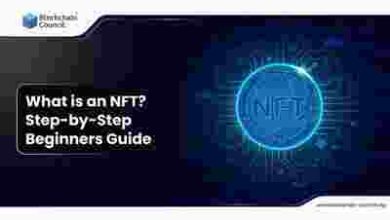From Ideation to Creation: The Concept Development Process at Fisker Inc.

From Ideation to Creation: The Concept Development Process at Fisker Inc.
Introduction
Have you ever wondered how groundbreaking electric vehicles like Fisker Inc.’s models come to life? In this blog post, we will take you through the concept development process at Fisker Inc., providing an inside look at how innovative ideas transform into incredible products.
The Concept Development Process
1. Ideation
The first stage of concept development at Fisker Inc. is ideation. This is the brainstorming phase where teams come together to generate creative ideas and explore potential opportunities. The focus here is to push the boundaries and think outside the box, ensuring no stone is left unturned.
2. Market Research
Once ideation is complete, Fisker Inc. conducts extensive market research. This step involves gathering and analyzing data to gain insights into consumer preferences, market trends, and competitors. By understanding the market landscape, Fisker Inc. can identify gaps and opportunities to create a unique and appealing concept.
3. Concept Design
With a clear understanding of the market, Fisker Inc. moves on to the concept design phase. Here, talented designers and engineers collaborate to bring ideas to life through sketches, renderings, and 3D models. This stage focuses on visualizing the concept and ensuring it aligns with the brand’s design philosophy.
4. Prototyping
Once the concept design is finalized, Fisker Inc. moves into the prototyping stage. Using advanced technologies and materials, prototypes are built to test the functionality and feasibility of the concept. Fisker Inc. believes in iterative prototyping, allowing them to refine and improve the concept at each stage.
5. Testing and Validation
After the prototype is developed, rigorous testing and validation begin. Fisker Inc. conducts various tests to ensure the concept meets industry standards and delivers exceptional performance. This includes tests for safety, efficiency, durability, and overall user experience. Feedback from experts and potential customers is also taken into account to further refine the concept.
6. Production
Once the concept passes all tests and validation, Fisker Inc. moves into the production phase. Cutting-edge manufacturing processes are employed to bring the concept to mass production while maintaining high-quality standards. Every detail, from sourcing sustainable materials to implementing advanced assembly techniques, is carefully considered to create a remarkable end product.
Frequently Asked Questions (FAQs)
Q1: How long does the concept development process take?
The concept development process at Fisker Inc. can vary in duration depending on multiple factors such as complexity, resources, and market demands. On average, it takes around 12 to 24 months for a concept to go through all stages and be ready for production.
Q2: How does Fisker Inc. ensure sustainability in its concept development process?
Fisker Inc. is committed to sustainability at every stage of its concept development process. From using eco-friendly materials to implementing energy-efficient manufacturing processes, sustainability is a top priority. Fisker Inc. aims to create electric vehicles that minimize environmental impact without compromising performance or luxury.
Q3: Do customer preferences influence concept development at Fisker Inc.?
Absolutely! Fisker Inc. understands the importance of customer satisfaction and considers customer preferences throughout the concept development process. Market research and customer insights help shape the concepts to ensure they meet the needs and desires of potential buyers.
Conclusion
The concept development process at Fisker Inc. is a perfect blend of creativity, market research, design expertise, rigorous testing, and sustainable practices. It is through this meticulous process that Fisker Inc. delivers groundbreaking electric vehicles that revolutionize the automotive industry. With a commitment to innovation and sustainability, Fisker Inc. continues to push the boundaries of what’s possible in the world of electric mobility.



